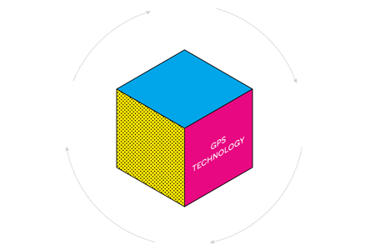SAR – Sequence-Activity Relationships For Efficient Protein Engineering
By Claes Gustafsson, co-founder and chief commercial officer, ATUM Bio

In the small molecule world, Structure Activity Relationships (SAR) serve to define the correlation between the chemical structure and biological activity of a compound. This approach has been utilized for decades to predict the functional output of a new molecule by exploring large data sets comprised of related molecules. This is most often achieved by employing quantitative SAR, or QSAR, which has become the gold standard for drug discovery and toxicity prediction for small molecules.
As protein-based therapeutics gain traction in the greater market, innovative techniques aimed at their optimization have become a key driver for industry. While QSAR (as it is applied to small molecules) is inapplicable to proteins, a new approach based around the same mathematic principles has emerged: nascent technologies, driven by machine learning (ML) principles and statistical modeling, have been developed to measure Sequence Activity Relationships (SAR) for proteins.
Get unlimited access to:
Enter your credentials below to log in. Not yet a member of Bioprocess Online? Subscribe today.
